On October 15, 1988, the University of Houston football team beat Tulsa in the Astrodome, 82-28. It was the most points scored by an SWC team since Texas beat Colorado 93-7 in 1940.
The Cougars controlled the game from the opening snap. Houston scored in three plays on the opening drive and picked off a Tulsa pass on the Hurricane’s first play. Then, quarterback David Dacus tossed a 36-yard touchdown to James Dixon, and the Coogs led 14-0 in the first two minutes of the game.
UH pushed the score to 28-0 at the end of the first quarter and scored 20 more to lead 48-0 at the break. Some Cougar fans began thinking about the game 20 years earlier, when UH embarrassed Tulsa 100-6 in 1968.
“We just got on a roll where everything seemed to work for us, even broken plays,” UH head coach Jack Pardee said after the game. “That’s when you know it is your night.
“You never really know when everything will click like this.”
UH scored four more times in the first six minutes of the second half to push the lead to 75-0. The Coogs had scored on their last two offensive plays of the first half and four straight possessions in the third quarter. After that, Tulsa replaced their QB and finally started to move the ball and, perhaps more importantly, take time off the clock.
TU finally scored early in the 4th quarter, but on a two-point try, UH’s Larry Ball stole the pitch in midair and ran it back to the one-yard line before being tackled. It would have been Division I-A’s first-ever defensive two-point conversion (the NCAA added the rule for the 1988 season). Three weeks later, Rice became the first team to accomplish the feat in a 54-11 loss to Notre Dame.
The Cougars put up 699 yards (202 rushing, 497 passing), and the 82 points were UH’s highest total since the Tulsa game twenty years earlier. Jason Phillips, James Dixon, and Kimble Anders each finished with 100 yards receiving, while Chuck Witherspoon had 126 yards on the ground. Those four players combined to score ten touchdowns in the game: Dixon and Witherspoon each had three, while Phillips and Anders had two apiece.



